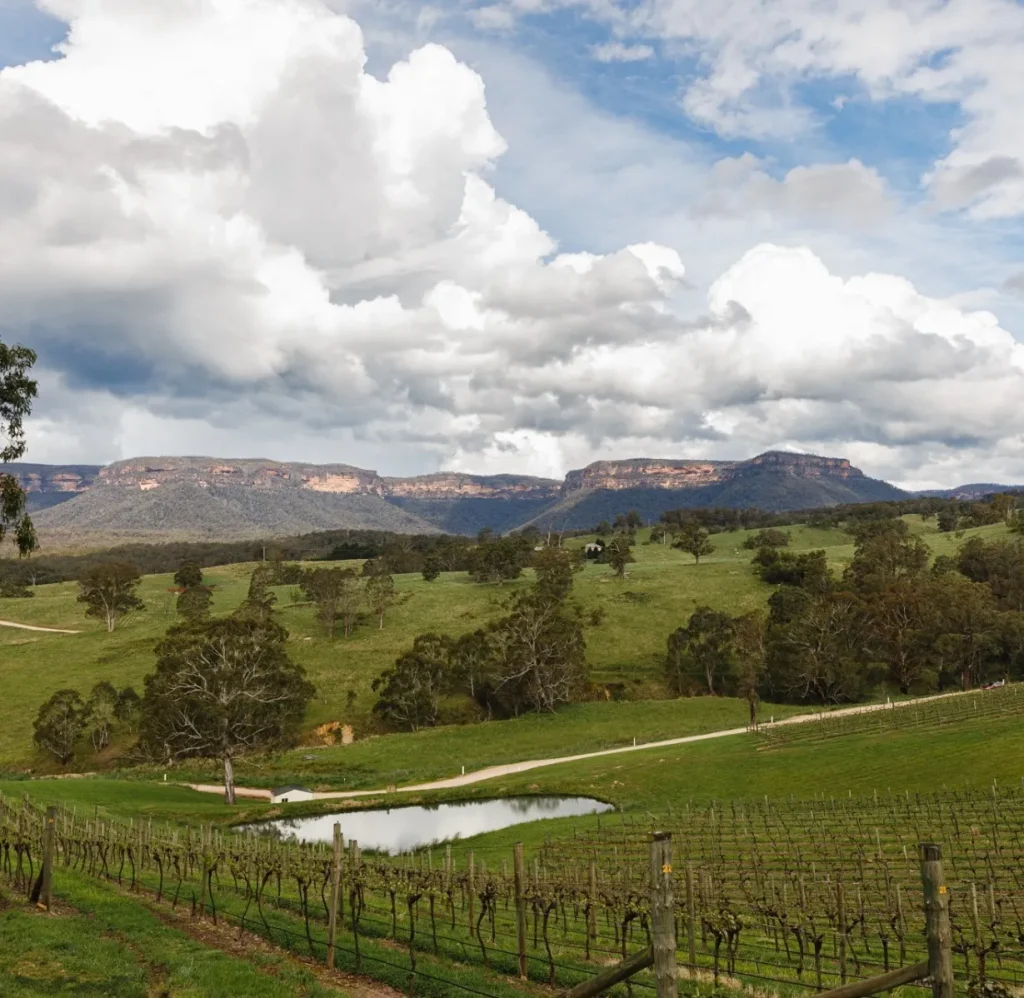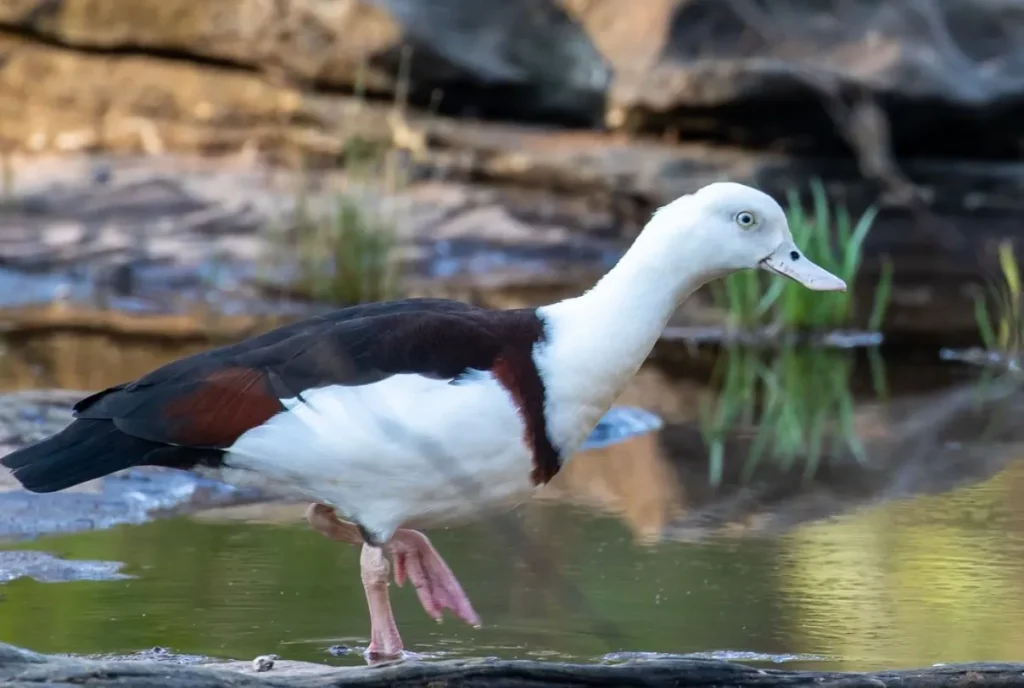In the sprawling red sands of Australia’s Northern Territory lies Uluru, an ancient sandstone monolith that rises dramatically from the Central Australian desert. Esteemed by the Anangu, the traditional landowners, Uluru is not only a spectacular natural wonder but also a sacred site rich in Aboriginal culture and spirituality. Travelers from around the world are drawn to its majesty and mystery, seeking to explore and understand its timeless allure. If you’re planning a two-day Uluru tour, this guide will equip you with all the essential information to make the most of your journey to the heart of Australia.
Preparing for Your Journey to Uluru

The climate in Central Australia can be extreme, with scorching summers and chilly winters. To get the most pleasant experience, the best time to visit Uluru is during the milder months of May to September. During this period, the days are warm and the nights are cool, making activities such as walking and photography tours highly enjoyable.
What to Pack
Accommodating the desert climate requires some thoughtful preparation. Key items to include on your packing list are:
- High-factor sunscreen to protect from the intense sun.
- Plenty of water bottles to stay hydrated.
- Comfortable, sturdy walking shoes for the uneven terrain.
- Wide-brimmed hat and loose, light clothing to keep cool.
- Insect repellent to ward off the outback’s bugs.
- Warm layers for the cooler evenings and mornings.
This is by no means an exhaustive list, but these essentials will cover your basic needs for a short stay.
Respecting Indigenous Culture
Uluru is a deeply sacred place that demands respect. Visitors should follow the established guidelines to show reverence for the land and its people. This includes avoiding restricted areas, being discerning about where you take photographs, not climbing the rock, and listening to the stories and advice given by the Anangu guides. Their cultural insights will enrich your understanding of this unique place.
Experiencing the Majesty of Uluru
Uluru is the centerpiece of the UNESCO World Heritage-listed Uluru-Kata Tjuta National Park. The park is co-managed by the Anangu people and Parks Australia, emphasizing the importance of indigenous knowledge in its care. Open daily, the park has various entry fees, depending on age and duration of the visit, contributing directly to its conservation.
One of the most immersive ways to experience Uluru is by taking the Base Walk—a 10.6-kilometre loop that allows you to appreciate the rock’s vastness and beauty from every angle. You’ll see ancient cave paintings, exotic flora, and possibly some local wildlife. Allow at least 3.5 hours to complete this walk, taking time to absorb the stories and spirit of this incredible place.
Activities to Enrich Your Uluru Visit
| Activity | Description | Duration |
|---|---|---|
| Guided Cultural Tour | Learn about Anangu traditions and stories from local guides. | 1-2 hours |
| Sunrise Viewing | Watch the changing colors of Uluru at dawn. | 1 hour |
| Cultural Center Visit | Explore exhibits on Anangu culture and art. | 1 hour |
| Camel Tour | Experience the desert from a unique perspective. | 2-3 hours |
| Helicopter Ride | See the vastness of the Red Centre from the sky. | 15-30 minutes |
The awe-inspiring views of Uluru at sunrise and sunset are not to be missed. During these times, the rock undergoes a dramatic color transformation that is truly a sight to behold. There are several designated viewing areas that present the perfect vantage point for these natural spectacles. Ensure you arrive early to secure a good spot and savor the experience.
Adventure and Exploration in Uluru’s Surrounds
Just 50 km west of Uluru lies Kata Tjuta, a group of large domed rock formations also known as The Olgas. They offer exquisite hiking experiences, with trails such as the 7.4-kilometre Valley of the Winds walk. As you wind through the rugged landscape, be prepared for more challenging terrain and remember to carry plenty of water with you.
Camel Rides and Helicopter Tours
For a unique two-day Uluru tour, consider adventuring beyond foot tours:
- Saddle up for a camel ride through the red sand dunes, offering a serene way to explore the desert.
- A helicopter tour provides a thrilling bird’s-eye view of Uluru and its stunning surroundings, revealing the scale and grandeur of the Australian outback.
These experiences can be pre-booked with local operators and are popular ways to create unforgettable memories.
Where to Stay in Uluru
Uluru offers a range of accommodation to fit every budget and style. From campsites where you can sleep under the stars to upscale resorts with luxury amenities, there is something for everyone. Whether you are on a tight budget or looking for a premium experience, you’ll find suitable lodgings close to the park.
Conclusion
Your visit to Uluru is more than just a tick on your travel bucket list; it’s an enriching cultural journey that connects you with the ancient heart of Australia. Plan your two-day Uluru tour with attention to both adventure and cultural understanding. Engage with the land and its people respectfully and carry with you the memories of a landscape steeped in history and spirituality.
FAQs About Visiting Uluru
- Q1: Is it still possible to climb Uluru?
- A1: No, climbing Uluru is no longer allowed as of October 2019, out of respect for the site’s indigenous significance.
- Q2: Are there any entry fees for visiting Uluru-Kata Tjuta National Park?
- A2: Yes, visitors are required to purchase a park pass, which contributes to the park’s maintenance and preservation efforts.
- Q3: How far is Uluru from Alice Springs?
- A3: Uluru is approximately 450 km southwest of Alice Springs, about a 4.5-hour drive.
- Q4: What kind of wildlife might I see at Uluru?
- A4: Uluru supports various wildlife, including kangaroos, wallabies, dingoes, and a rich birdlife, such as budgerigars and raptors.
- Q5: Can I take photos of Uluru?
- A5: Yes, you can take photos of Uluru, but there are certain areas of cultural significance where photography is discouraged or prohibited. It is important to observe signs and respect restrictions.



